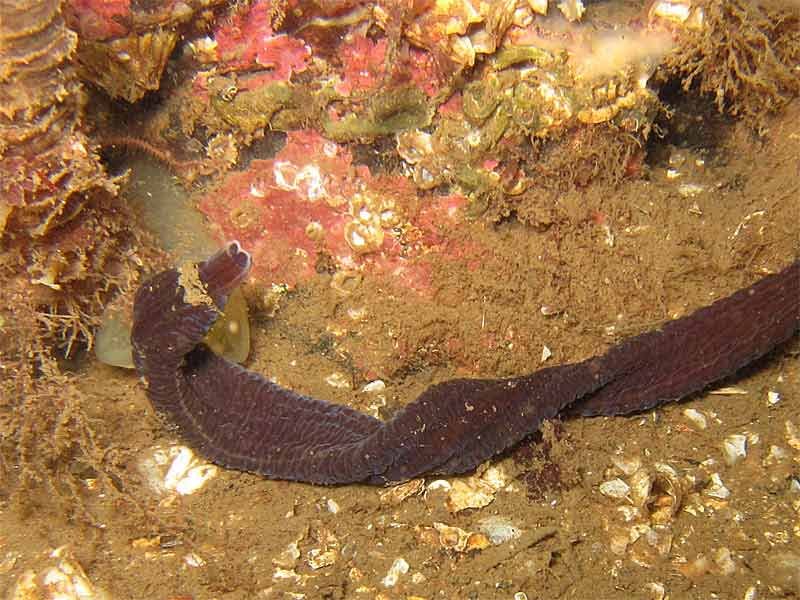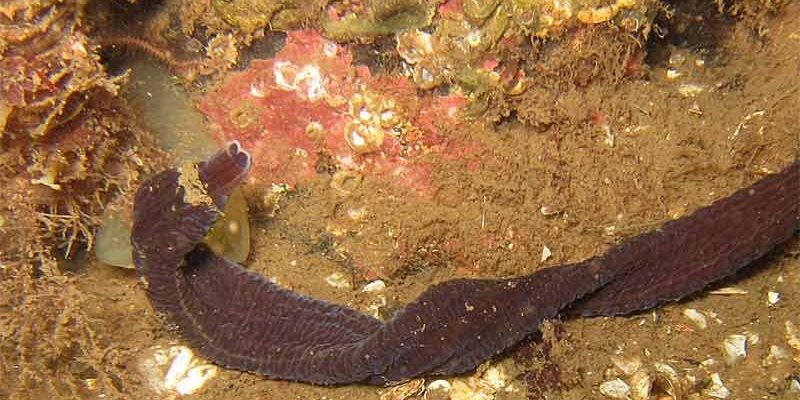
Imagine sipping coffee while watching a time-lapse video of a bootlace worm wriggling in the sand. It’s mesmerizing! There are various remote cameras on the market that make this possible, like the GoPro Hero series, known for their durability and excellent underwater capabilities. But how do you set these cameras up, and what are the best methods to capture those worm movements? Let’s dive in.
Understanding Bootlace Worms
Bootlace worms, known scientifically as *Lineus longissimus*, are some of the longest animals on Earth. They belong to a family called nemerteans, which are soft-bodied, elongated worms. Their movements can be quite extraordinary, often undulating rhythmically as they navigate through their marine environments.
Here’s the thing: their movements aren’t just random squiggles. They’re highly skilled at maneuvering through mud, sand, and even coral reefs. By documenting such movements, researchers can gain insights into their behavior, feeding habits, and even predator-prey interactions. This knowledge helps us understand the marine ecosystem better.
Using cameras to document these movements illustrates a broader trend in marine biology. Scientists are increasingly turning to technology to observe and study creatures that are otherwise difficult to see. So, capturing the actions of bootlace worms isn’t just a fun project; it contributes to important scientific research.
Choosing the Right Camera for Documenting Bootlace Worms
When it comes to documenting bootlace worm movements, you’ll want a camera that’s versatile and capable of handling underwater conditions. The **GoPro Hero** series is popular for a reason. These cameras are waterproof right out of the box, making them ideal for underwater exploration without needing extra housing.
Other options include action cameras from brands like **DJI** or **Insta360**. They provide excellent video quality, and some models even offer features like stabilization, which can be very helpful when filming in choppy waters. If you’re looking for a more stationary option, consider an underwater cam with a longer lens to capture detailed shots without disturbing the environment.
Here’s a quick list of some great cameras to consider:
- GoPro Hero 10
- DJI Osmo Action
- Insta360 ONE R
- Olympus Tough TG-6
- Panasonic Lumix TS7
Each of these has unique features, so think about what you’ll need for your specific project—like resolution, battery life, and ease of use.
Preparing for Your Filming Session
Before you head out to document bootlace worm movements, it’s essential to prepare properly. First, check your camera settings and ensure everything is in working order. Fully charge your battery and, if possible, bring along extras—nothing is worse than running out of power just as the action starts!
Next, consider your location. Bootlace worms are often found in sandy or muddy bottoms, usually in tidal zones. Research areas well-known for their bootlace worm populations. You might also want to plan the timing of your shoot; early mornings or late afternoons can provide better lighting conditions, reducing shadows and enhancing visibility underwater.
Also, here’s a tip: use a tripod or a stable mount if you can! This setup will help keep your camera steady and focused, allowing you to capture the worm’s movements without the shake that can come from holding the camera by hand.
Setting Up Your Camera
Setting up your camera effectively is crucial for capturing stunning footage. If you’re using a GoPro or similar action camera, start by attaching the camera to a sturdy mount. For underwater shots, you can use a sand stake or a weighted base to keep it stable. Ensure the lens is facing the right direction to catch the action.
For underwater filming, consider using a red filter to enhance the colors in your footage. Water can wash out colors, especially in deeper dives, so these filters can help maintain vibrant visuals. You might also want to adjust your camera settings to prioritize higher frame rates, which can capture smoother movements of the worms as they squirm.
Another handy tool is a remote control or app that allows you to start and stop recording without having to touch the camera directly. This way, you can minimize any disturbances that might scare off the bootlace worms.
Documenting and Analyzing Footage
Once you’ve got your footage, it’s time to dive into analysis! Watching the movements of bootlace worms can reveal fascinating insights. Pay attention to how they react to their environment. Do they speed up when something passes by? Do they exhibit any interesting patterns?
You can also compare footage over different sessions. Perhaps one day they’re more active than another? Noting these differences can lead to valuable observations about their behavior, feeding habits, or even changes due to environmental factors.
Honestly, analyzing your footage can feel like piecing together a puzzle. You might find intriguing patterns or behaviors that you didn’t notice in real-time. Take notes and share your findings—whether it’s with friends or in a scientific community. Every bit of observation contributes to our understanding of these incredible creatures.
Challenges and Troubleshooting
Like any project, documenting bootlace worm movements isn’t without its challenges. You might encounter issues like murky water, battery life constraints, or even technical problems with your camera. Here are a few common hurdles and how to tackle them:
1. **Murky Water**: Lighting can be tricky in less-than-ideal conditions. If you’re in a spot with poor visibility, consider using an underwater light to illuminate your subject.
2. **Battery Life**: If you’re planning to shoot for extended periods, have extra batteries on hand. Some cameras allow for external power sources; consider using them if available.
3. **Technical Glitches**: If your camera isn’t responding, try resetting it. This can often resolve minor issues. Remember to familiarize yourself with the troubleshooting guide specific to your camera model; it’s worth a quick read!
By anticipating these challenges, you can ensure a smoother filming experience.
Sharing Your Findings
Now that you’ve documented the fascinating movements of bootlace worms, it’s time to share your findings with others! There are numerous platforms where you can post your footage, from social media to educational websites. Platforms like YouTube and Instagram are great for sharing video content, while forums or blogs focused on marine biology could help you reach a more specific audience.
Consider writing a short narrative to go along with your video clips. Explain what you observed and why it matters. This not only adds context for viewers but can spark discussions and inspire others to learn more about marine life.
Let me explain: sharing your experiences highlights the importance of marine ecosystems and encourages others to appreciate these hidden wonders. Who knows? You might even inspire someone to start their own documentation journey!
As you wrap up your project, remember that every little observation contributes to the larger picture of marine life research. Whether you’re a casual enthusiast or a dedicated scientist, documenting bootlace worms is a unique window into the mysterious underwater world.
In conclusion, using cameras to document bootlace worm movements isn’t just a fun hobby—it’s a way to contribute to science and awareness about our oceans. With the right camera, techniques, and a bit of patience, you can uncover and share the marvelous world of these long, slippery creatures. Grab your camera, head underwater, and let the exploration begin!

